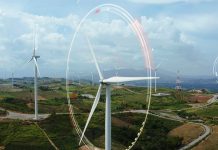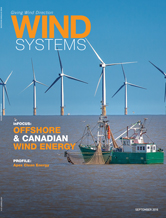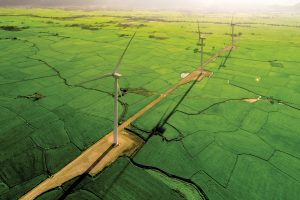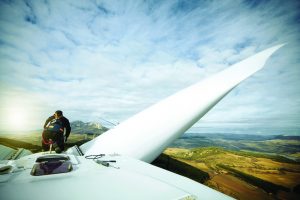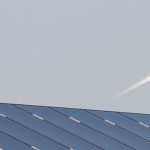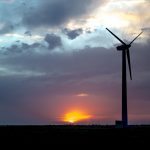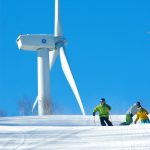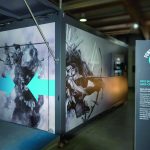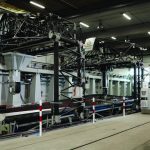Transporting the power generated by offshore turbines takes a lot of cable — miles and miles of it, in fact.
Damage to even a small section of that cable — whether from manufacturing, construction, or environmental factors — can cause a disastrous and costly disruption.
At the Wind Energy Update’s Offshore Wind O&M Forum in London last November, Thomas Bruun, Dong Energy’s senior manager with Technical Integrity Management, discussed how measures are being used to inspect cables in order to keep them healthy and help ensure problems are kept to a minimum.
And with some wind farms boasting more than a 100 miles of cable, there’s a lot of potential for failure, Bruun said.
“One of the things we have to have under control is the visibility of these risks,” he said. “We need to have visibility of the risks we are dealing with. And two, we need to know how to mitigate those risks. And three, we need to be in control.”
Cable mitigation isn’t easy, and it’s definitely not inexpensive, but it’s a necessary function that ultimately could save a lot more than it costs when a cable fails.
“We think we are always aware that it’s very costly to do mitigations in this field,” Bruun said.
Dong Energy has a system in place designed to find and repair problems as quickly as possible.
“We have a contingency plan … where we have cable storage in place with these limited number of cables we’re looking at,” Bruun said. “Then we have vessels and repair supplies. Then we have approval from MMOs (Marine Management Organizations) to actually go and do it.”
Bruun said it’s important Dong has the organization and the processes in place, so it actually knows how to cope with unscheduled maintenance.
“And what we have seen — we have actually used it sometimes — for now that it actually keeps the organization very effective, but also very calm when it does happen,” he said. “Early on, we were running around in small circles.”
Bruun said another way of controlling risk is by taking what they learn back to the cable design phase.
“One of our key tasks in Dong is actually taking the knowledge back to our design group to optimize it,” he said.
Dong has several projects going where the data obtained from those projects will be used to affect what it does next year, according to Bruun.
In the future, Bruun said Dong wants to see advancements and new methods for checking cable integrity as well as different ways to deal with cable failure and damage when they happen.
“Then for the control of course, having new and more reliable failure-detection systems in place so we can actually detect it fast and start repairing,” he said.
Another area Bruun said would be advantageous when it comes to cable mitigation is seeing the industry aligned more with spare parts, so it’s not dependent on manufacturers.
“The last thing is better and more flexibility in repair vessels and repair methods which should allow us to have a faster repair time when it occurs in the field,” he said.
Dong is responsible for 1.7 GW of offshore wind power with the goal of increasing that to more than 6.5 GW by 2020, so making sure cables are always working at their optimum capacity is critical.
And when a cable does fail, it’s even more important to have contingency plans in place to replace or repair it as quickly as possible.
Offshore Wind Europe is November 22-23 in London. It is the continent’s biggest commercially focused event attracting more than 300 of the industry’s most senior executives. They are expected to discuss CAPEX and OPEX reduction for European offshore assets companies including E.ON, Siemens, JDR Cables, A2SEA, K2 Management, Bibby Marine, Global Marine Services, and SMD. For more on Offshore Wind Europe, go to www.windenergyupdate.com/offshore.


















